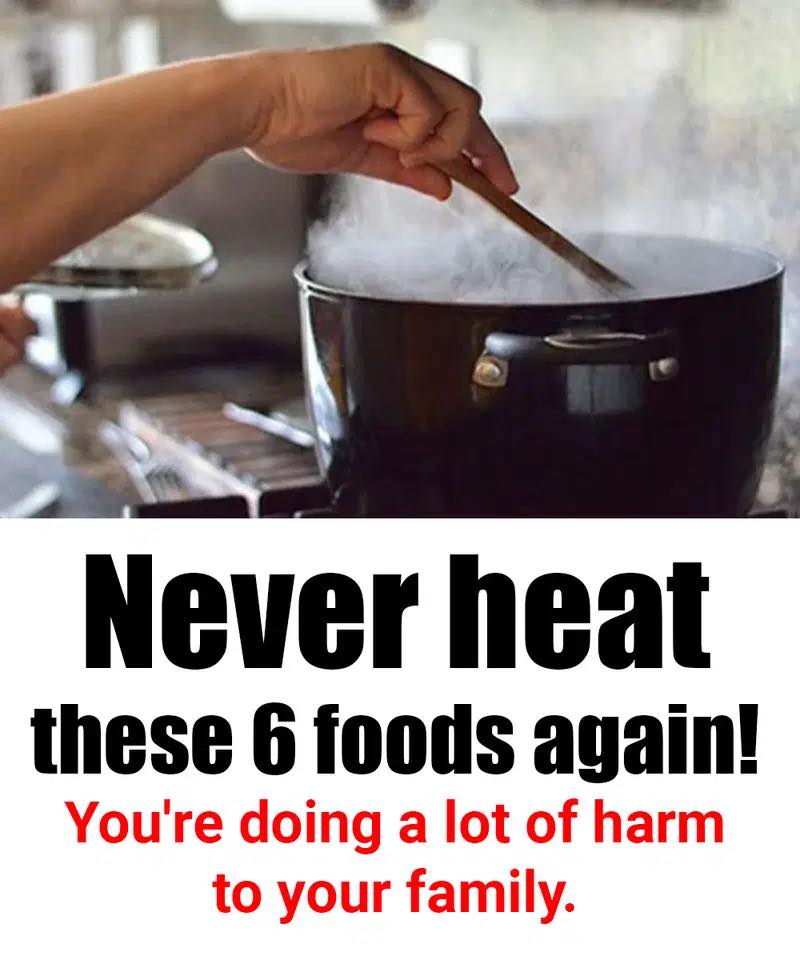3. Potatoes (Cooked)
- Why: Cooked potatoes, especially if left at room temperature, can become a breeding ground for Clostridium botulinum, the bacterium that causes botulism, particularly if they are wrapped in foil and left to cool slowly.
- Best Practice: Cool cooked potatoes rapidly and refrigerate promptly. Reheat thoroughly until steaming hot. For best quality, don’t leave cooked potatoes out for extended periods.
4. Spinach and Other Leafy Greens (and Celery, Beetroot)
- Why: These vegetables are high in nitrates. While nitrates are harmless, they can convert to nitrites (and then potentially harmful nitrosamines) when repeatedly heated, especially if they’ve been left to cool slowly. This is a greater concern for infants and young children.
- Best Practice: It’s generally best to consume these fresh. If reheating, do so quickly and only once. For soups or stews with these ingredients, it’s safer to cook them briefly just before serving rather than simmering them repeatedly.
5. Eggs (Cooked)
- Why: Reheating cooked eggs, especially scrambled eggs or omelets, can significantly alter their texture, making them rubbery. More importantly, if eggs are not properly cooled and stored, they can quickly harbor Salmonellabacteria.
- Best Practice: Consume cooked eggs fresh or within a day. If reheating, ensure they reach a steaming hot temperature. For best texture, avoid reheating hard-boiled eggs entirely; use them cold in salads.
6. Seafood (Especially Cooked Fish)
- Why: Cooked fish can easily become dry and rubbery when reheated, and its delicate fats can oxidize, leading to off-flavors. More critically, seafood is highly perishable and prone to bacterial growth if not handled and cooled properly.
- Best Practice: It’s often best to enjoy cooked fish cold in salads or wraps rather than reheating. If reheating, do so gently (e.g., microwave on low, or a brief oven warm-up) and ensure it reaches a safe internal temperature without overcooking.
Pages: 1 2

